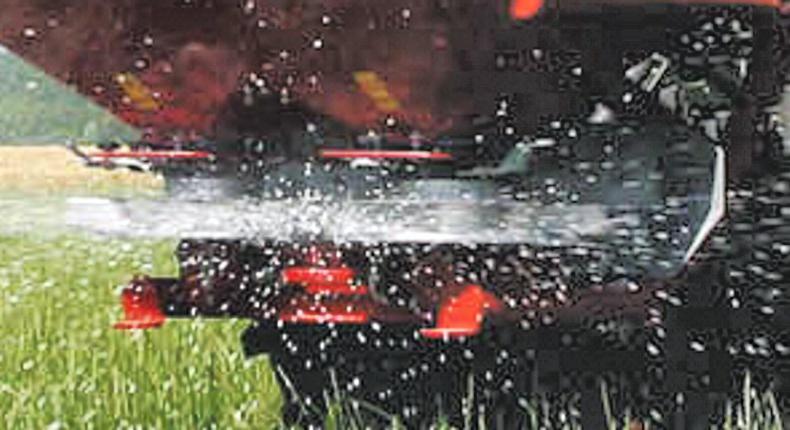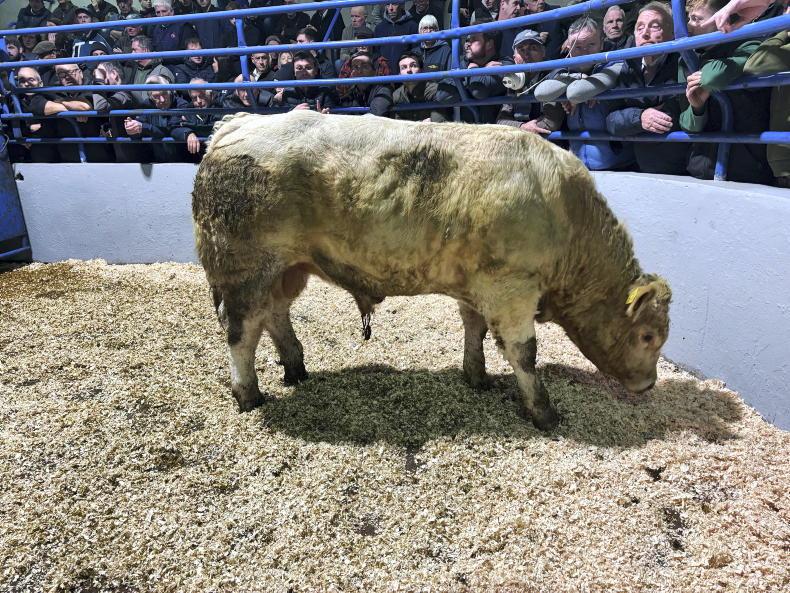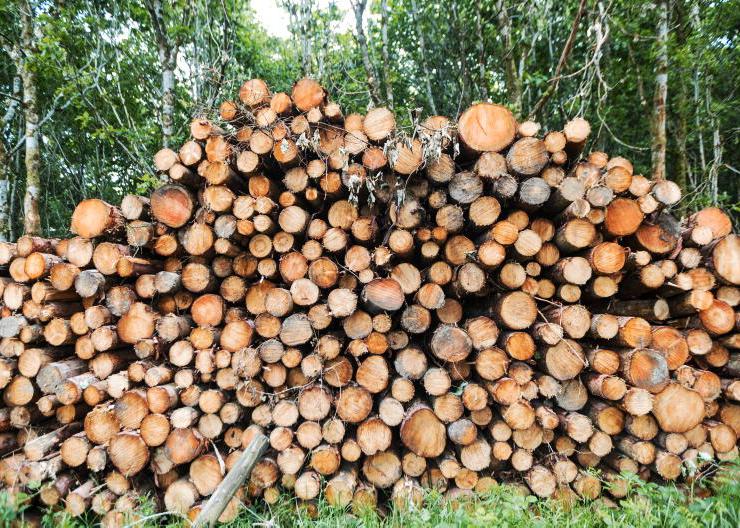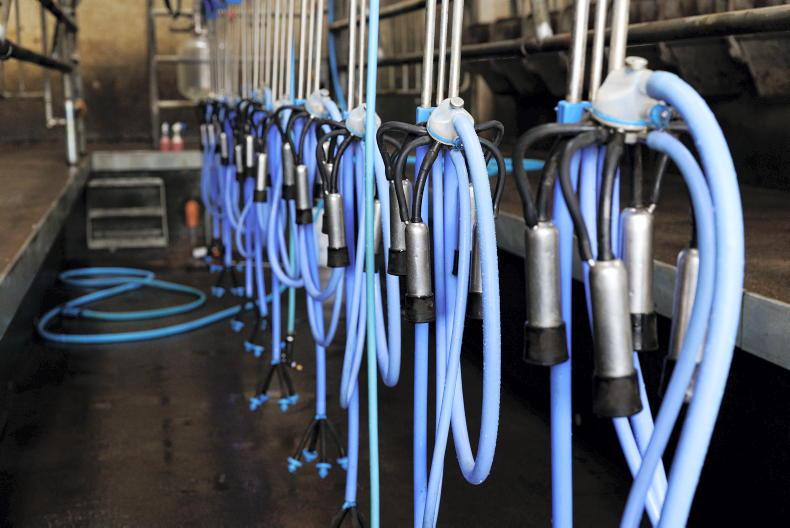Sales of fertiliser in Ireland have fallen 10% to 1.5m tonnes for the 12 month period ending 30 September. This sees sales volumes at their lowest level since 2017.
Straight fertilisers, which are made up mainly of CAN and urea, fell by 88,000t (13%) to 611,000t.
Meanwhile, compound fertilisers, which include 10-10-20 and 18-6-12, were down 80,000t (8%) to 935,000t.
The fertiliser sales report was compiled by the Department of Agriculture from returns from fertiliser importers and distributors including; Goulding Fertilisers, Grassland Agro, Grassland Fertilisers (Kilkenny), Nitrofert, Target Fertilisers and Yara.
According to the Department of Agriculture, fertiliser use is the largest variable costs on Irish farms, accounting for over €400m annually.
Over the last 20 years, fertiliser usage has declined by 25% or 0.5m tonnes, as increased regulation such as the nitrates directive and more efficient nitrogen use reduces demand on Irish farms.
Nitrogen fertiliser is a critical nutrient limiting crop growth, but is also an important source of nitrous oxide, a potent greenhouse gas, whereas urea application accounts for less than 1% of the total Irish agricultural emissions.
The dominant nitrogen fertiliser used in Ireland is CAN, selling four times more than urea.
In total, 124,000t of urea was sold during the year and accounts for less than 8% of all fertiliser sales in Ireland.
While there has been a steady increase in the volume of stabilised urea sold in Ireland over the last number of years, it is more expensive and last year accounted for sales of 27,000t.
Teagasc has found that protected urea, which has an inhibitor to reduce ammonia volatilisation can reduce emissions.
Sales of fertiliser in Ireland have fallen 10% to 1.5m tonnes for the 12 month period ending 30 September. This sees sales volumes at their lowest level since 2017.
Straight fertilisers, which are made up mainly of CAN and urea, fell by 88,000t (13%) to 611,000t.
Meanwhile, compound fertilisers, which include 10-10-20 and 18-6-12, were down 80,000t (8%) to 935,000t.
The fertiliser sales report was compiled by the Department of Agriculture from returns from fertiliser importers and distributors including; Goulding Fertilisers, Grassland Agro, Grassland Fertilisers (Kilkenny), Nitrofert, Target Fertilisers and Yara.
According to the Department of Agriculture, fertiliser use is the largest variable costs on Irish farms, accounting for over €400m annually.
Over the last 20 years, fertiliser usage has declined by 25% or 0.5m tonnes, as increased regulation such as the nitrates directive and more efficient nitrogen use reduces demand on Irish farms.
Nitrogen fertiliser is a critical nutrient limiting crop growth, but is also an important source of nitrous oxide, a potent greenhouse gas, whereas urea application accounts for less than 1% of the total Irish agricultural emissions.
The dominant nitrogen fertiliser used in Ireland is CAN, selling four times more than urea.
In total, 124,000t of urea was sold during the year and accounts for less than 8% of all fertiliser sales in Ireland.
While there has been a steady increase in the volume of stabilised urea sold in Ireland over the last number of years, it is more expensive and last year accounted for sales of 27,000t.
Teagasc has found that protected urea, which has an inhibitor to reduce ammonia volatilisation can reduce emissions.










SHARING OPTIONS